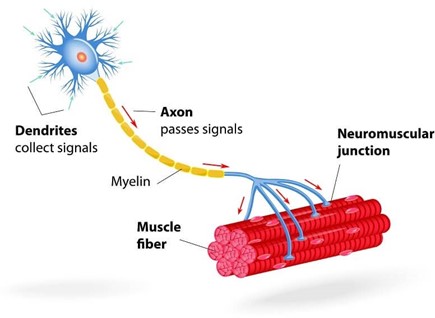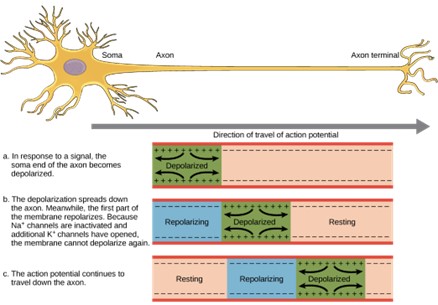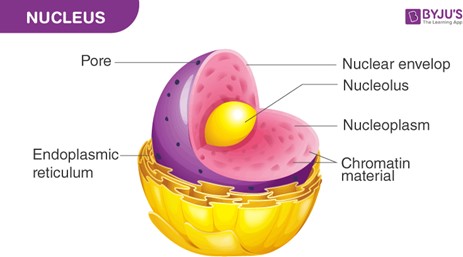Which of the following is an efferent neuron that is responsible for releasing a neurotransmiter that stimulates a muscle cell to contract?
Motor neuron
Interneuron
Sensory neuron
Neuroglia
The Correct Answer is A
An efferent neuron that is responsible for releasing a neurotransmitter that stimulates a muscle cell to contract is a motor neuron ². Motor neurons carry signals from the brain to the peripheral nervous system in order to initiate an action ⁴. The neurotransmitter acetylcholine (ACh) is released by motor neurons at the neuromuscular junction in skeletal muscle, causing the muscle to contract ³.
The other options are not correct because they do not accurately describe the type of neuron responsible for releasing a neurotransmitter that stimulates a muscle cell to contract. Interneurons are found within the central nervous system and facilitate communication between sensory and motor neurons. Sensory neurons carry information from sensory receptors to the central nervous system. Neuroglia are support cells for neurons and do not transmit nerve impulses.

Nursing Test Bank
Naxlex Comprehensive Predictor Exams
Related Questions
Correct Answer is D
Explanation
The opening of potassium channels allows potassium to leave the neuron. Repolarization of a neuron occurs after an action potential when the neuron's membrane potential returns to its resting state. This is achieved by the opening of potassium channels, which allows potassium ions to flow out of the neuron. This movement of positively charged ions out of the neuron helps to restore the negative membrane potential.
A. The inhibition of sodium and potassium pumps would not allow for repolarization because these pumps are necessary for maintaining the resting membrane potential.
B. The opening of sodium channels would cause depolarization, not repolarization.
C. The closing of both sodium and potassium channels would restrict ion movement, but it would not allow for repolarization.

Correct Answer is A
Explanation
Nuclei. Genetic information describing the characteristics of an organism is found in the nuclei of its cells. The nucleus contains the organism's DNA, which carries the genetic information that determines its traits.
B. Membranes are structures that surround and enclose cells and organelles, but they do not contain genetic information.
C. Cilia are hair-like structures that protrude from the surface of some cells and are involved in movement, but they do not contain genetic information.
D. Ribosomes are organelles that are involved in protein synthesis, but they do not contain genetic information.

Whether you are a student looking to ace your exams or a practicing nurse seeking to enhance your expertise , our nursing education contents will empower you with the confidence and competence to make a difference in the lives of patients and become a respected leader in the healthcare field.
Visit Naxlex, invest in your future and unlock endless possibilities with our unparalleled nursing education contents today
Report Wrong Answer on the Current Question
Do you disagree with the answer? If yes, what is your expected answer? Explain.
Kindly be descriptive with the issue you are facing.
